2025, An Extraordinary Summer for Chinese Football
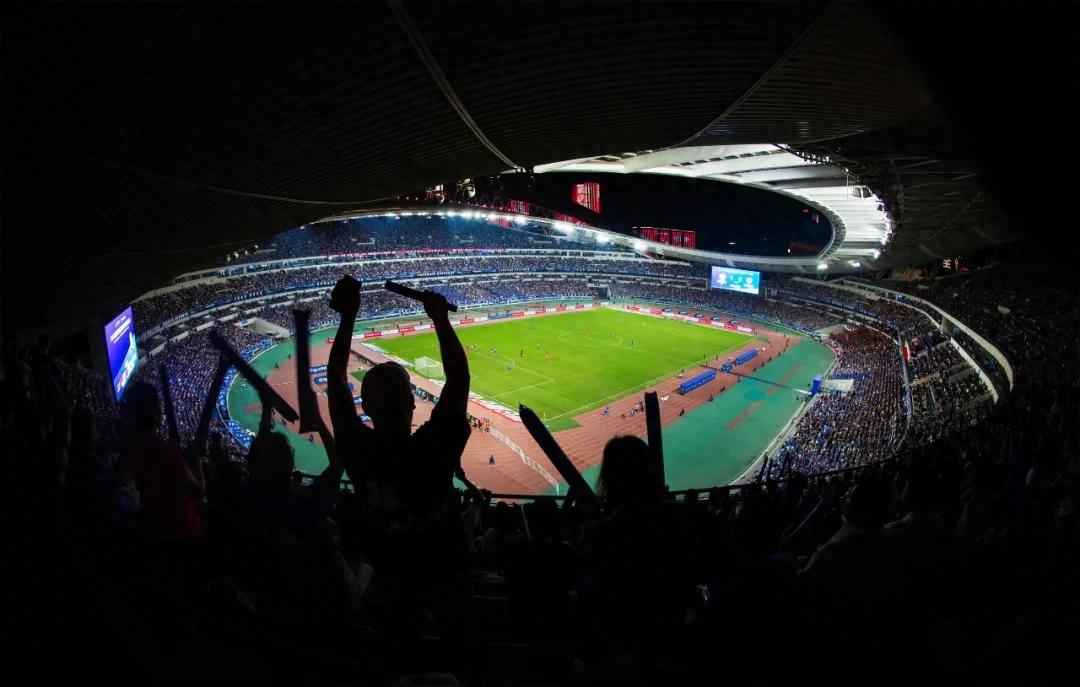
Chief Reporter Chen Yong reporting With only a week remaining before summer break concludes, the heat has been intense, yet Chinese football has been even more fervent. The fresh wave of football reforms and development plans initiated in 2022 has at last unleashed vigorous vitality in this remarkable summer.
On the visible competition front, professional, amateur, and youth tournaments continue to thrive, showcasing the industrialization of football and the systematization of competitions; at the decision-making level, comprehensive planning, key project advancement, and a broader industrial layout directly address the core of Chinese football’s revival; meanwhile, during the two major events organized by our newspaper and nationwide visits, Football Newspaper deeply felt the full mobilization at provincial, municipal, and county levels, the ongoing integration between eastern and western regions, the emergence of new football development models tailored to regional characteristics, and a supply-demand gap increasingly evident in football talent.
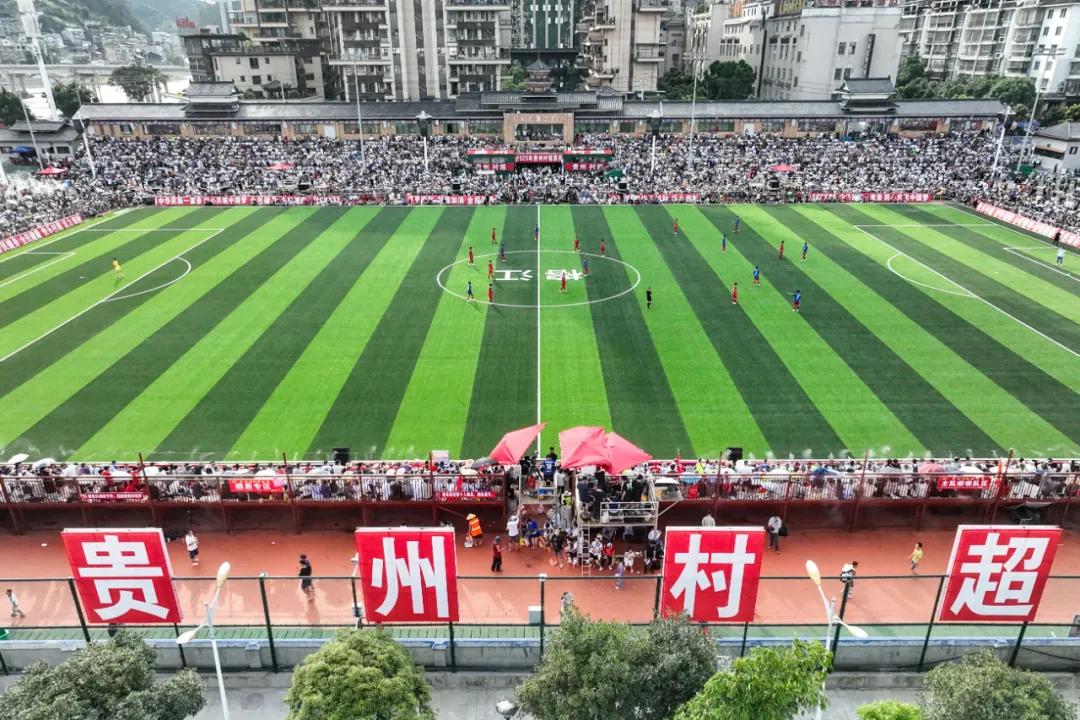

On August 22, the fourth China Youth Football League U15 boys’ group crowned its champion, with Shandong Taishan U15 defending their title and achieving a four-peat. Other age group competitions are progressing steadily, such as the U13 boys’ group which completed the first leg of the semifinals last weekend. Additional youth tournaments and professional club U-series competitions (China Football Elite Youth League) are in full swing, alongside numerous international football invitation tournaments.
This remarkable summer saw professional leagues exceed all expectations in popularity: from mid-July to early August, the 17th, 19th, and 20th rounds of the Chinese Super League consecutively set records for the third highest single-round attendance in history, with four of the top five single-round attendance records this season occurring in these rounds. The CSL also achieved a historic milestone with all top 10 single-match attendances exceeding 60,000+, nine out of ten of which happened this season, five of them during this summer break.
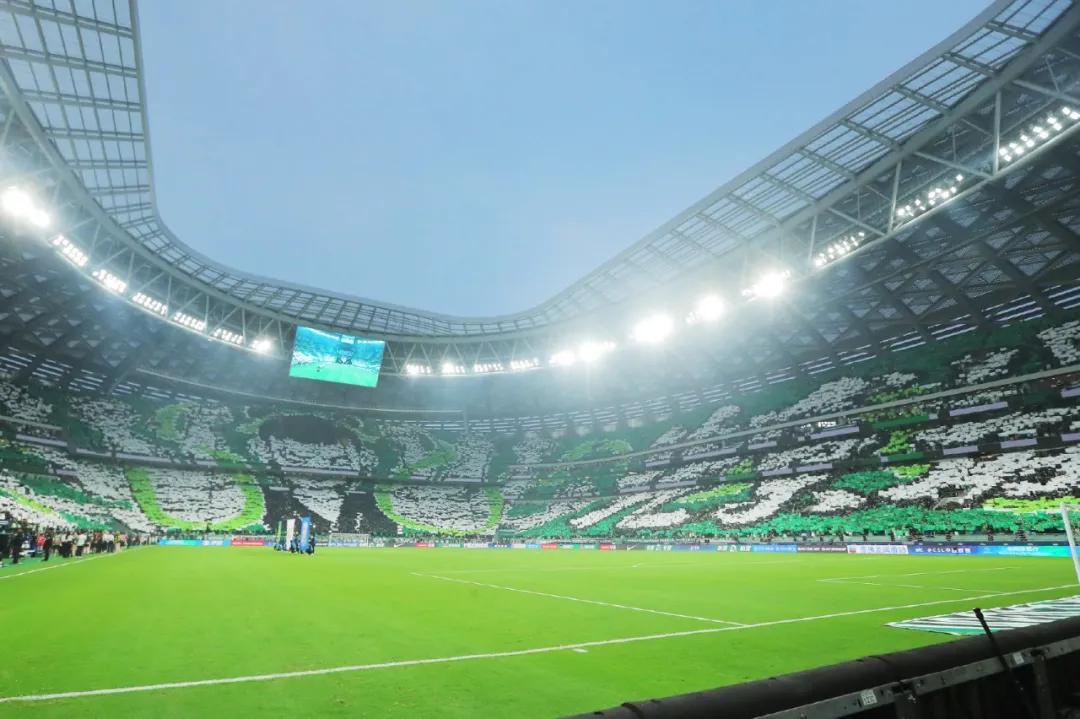
Amateur leagues have been the brightest spot in Chinese football this year: the “Su Super League” remains fiercely popular, alongside similar high-profile leagues like the “Gan Super” and “Han Super.” More leagues such as the “Xiang Super” and “Chuan Super” are in the planning stages; competitions aligned with the Chinese club pyramid system, like the Guangdong Football Super League, also kicked off last weekend; and the national finals of the “Village Super League” concluded yesterday with the crowning of the champion.
Professional and amateur leagues demonstrate the direction toward football industrialization, while youth competitions focus on building a high-quality tournament system, with future emphasis on sustained and systematic advancement.
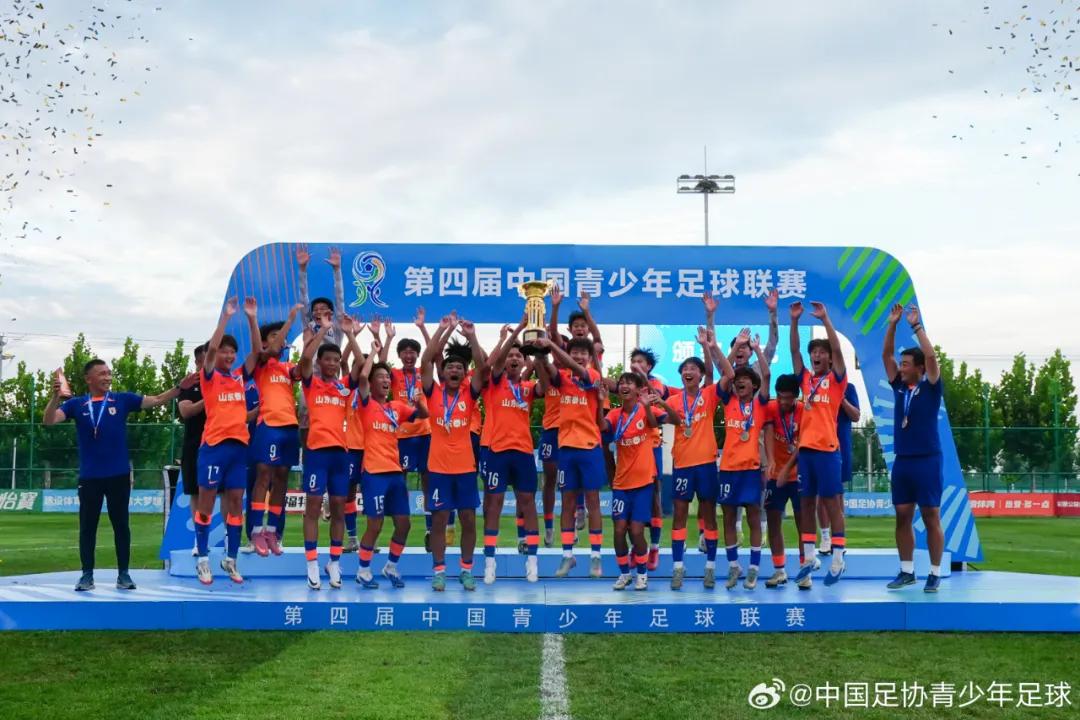

This summer also witnessed a series of significant meetings and deployments, which precisely target the core issues of Chinese football’s revitalization. On July 31, the National Football Work Conference was held in Beijing, attended and addressed by State Councilor Shen Yiqin. This was the highest-level meeting for Chinese football’s revival, serving as a rallying call to unify efforts nationwide.
On August 19, the Football Youth Training Center System Promotion Meeting took place in Wuhan, with Vice Director Zhang Jiasheng of the General Administration of Sport attending and speaking. The meeting focused on the five-level youth training system as a key tool for enhancing elite youth football in China, urging all regions to prioritize building youth training centers at provincial, municipal, and county levels as a critical task now and moving forward.
On the 22nd, Premier Li Qiang chaired a State Council executive meeting to discuss policies aimed at unleashing sports consumption potential and further advancing high-quality development of the sports industry. The “football + cultural tourism” model demonstrated by Chinese football’s event economy and the sustained enthusiasm of fans provide a valuable example. For football development, industrial growth is the fundamental logic.


During this past summer, Football Newspaper hosted two national competitions in Xi’an, Shaanxi Province; Nansha District, Guangzhou; Qidong City, Jiangsu Province; and Hengyang, Hunan Province: the “Bring Women’s Football Home” National Women’s Elite Football Tournament and the Centennial Schools Football Elite Exchange Cup (hereafter “Centennial Schools Cup”) for high school, primary, and middle school groups. These events featured 64 teams, 184 matches, and over 1,000 participating athletes. Additionally, a youth football international forum, a women’s football development forum, and three master classes with Jia Xiuquan and Li Zhangsu were held. Football Newspaper also conducted two visits each to Zhangjiakou and Guizhou’s football development, one visit to Shangluo’s football scene, and attended a pilot seminar for the Football Vocational College in Qingdao.
Across our nationwide travels, Football Newspaper, as both witness and participant, has deeply sensed multiple positive trends emerging in Chinese football:
(1) Full mobilization at provincial, municipal, and county levels and coordinated development between east and west. At the provincial level, on August 22, Guizhou’s Party Committee Deputy Secretary and Governor Li Bingjun chaired a football work symposium to gather feedback and fully mobilize football development; Hunan Province is currently planning professional football development based on its high-quality campus football foundation. At the municipal level, Zhangjiakou has boldly pushed forward the “3+4” integration, innovated youth football development, and established a stable “semi-professional” model for amateur football; Hengyang, a football hub in Hunan, has also fully planned football development following the “Centennial Schools Cup.” At the county level, football competitions remain vibrant in Guangzhou’s Nansha District, while Qidong City in Jiangsu aims to develop football to create its seventh city brand, “Sports Town,” alongside its six existing titles including “Education Town.”
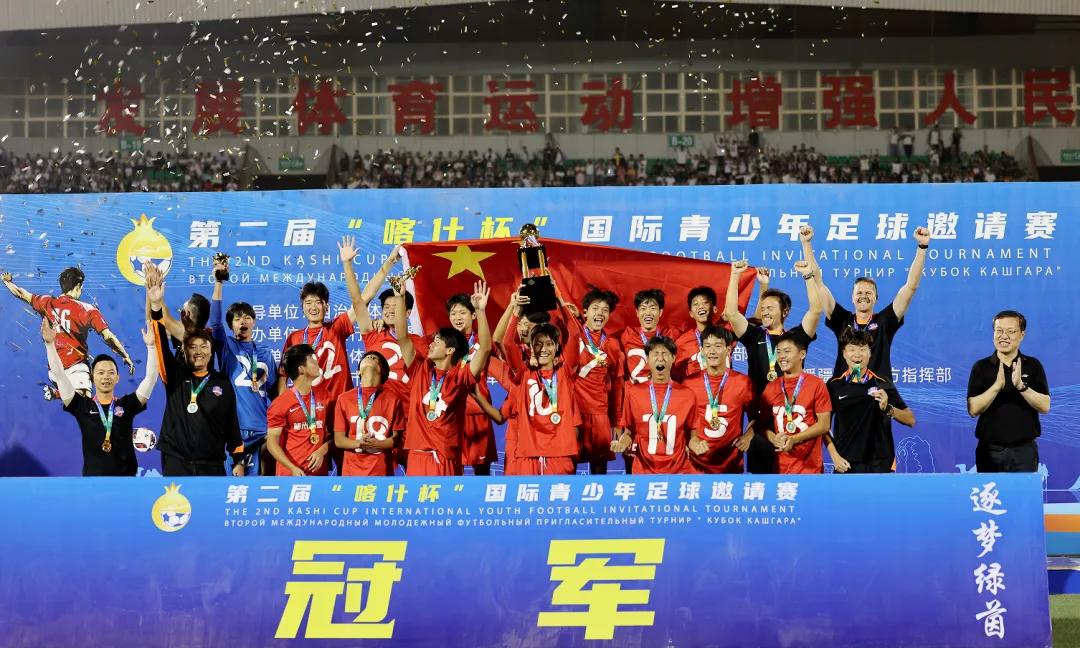
Even more encouraging is the east-west cooperation: Xinjiang is focusing on building a bridge between Chinese and Central Asian football, with the second “Kashgar Cup” this year inviting teams from five Central Asian countries and Russia, alongside youth squads from Shandong Taishan, Shanghai Shenhua, Meizhou Hakka, and Beijing Guoan; Guizhou leverages its cool summer climate to support nationwide youth football development through its “summer training and summer competitions” program. Eastern regions support the west, and the western framework extends beyond itself.
(2) Proactive innovation has produced various football development models tailored to regional characteristics. The “Village Super League” and “Su Super League” are undoubtedly two unique amateur football models, but innovation goes further: as mentioned earlier, Guizhou’s “summer training and summer competition” system holds special significance amid global warming and increasingly unbearable summer heat. Xinjiang’s role as a bridge between Chinese and Central Asian football is also a vital part of the China-Central Asia community of shared destiny.
Moreover, Zhangjiakou’s eight-year effort to build the Zhangjiakou Super League under a “semi-professional” strategy has achieved self-sustaining, healthy growth; Xi’an football, once dormant, is poised for a new chapter relying on national key city football development, regional youth training centers, the upcoming U23 Asian Cup qualifiers, and the debut of the Xi’an International Football Center stadium; supported by the Ministry of Education, Qingdao Preschool Teachers College actively promotes football-related vocational education and the pilot of professional football colleges, filling gaps in the development pathway; Zhangjiakou’s amateur sports school reform also offers new ideas for many amateur sports schools across China.
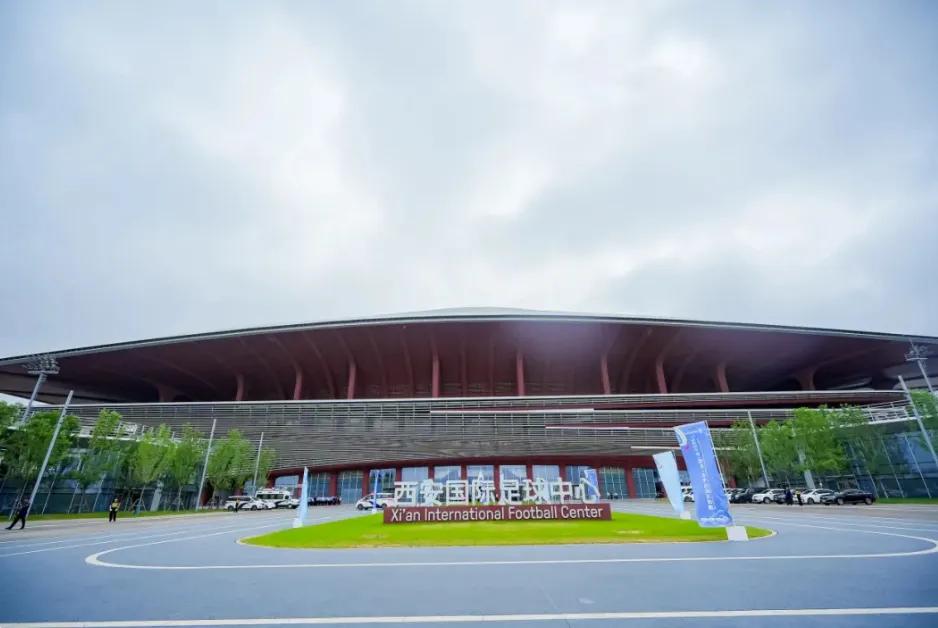
(3) Football talents finally have places to shine. During every visit to football hotspots nationwide, Football Newspaper has witnessed the local hunger for football talent: at Guiyang No. 2 Experimental Primary School alone, 17 coaches from social youth training institutions work, including former national player Xiang Hantian; Zhangjiakou Ice and Snow Sports School hires football coaches through staffing, subsidies, and rewards, with only one applicant for two goalkeeper coach positions; high-quality event staff and excellent referees remain scarce.
The surge in vibrant competitions has driven comprehensive development of the football industry and inevitably stimulated demand for players, coaches, and other football professionals. This gives true meaning to football programs in universities/vocational schools, the 631 integration system, and the “3+4” integration system—employment is the core driving force. This perfectly echoes the essence of the August 22 State Council executive meeting: the economic foundation determines the superstructure.
This summer, we witnessed passion, the foundational logic of football talent development; we witnessed education, the core guarantee for cultivating football talent; and we witnessed grassroots football’s proactive spirit, the dual force driving football development from top-down and bottom-up.
In summary: this extraordinary summer has brought us hope.
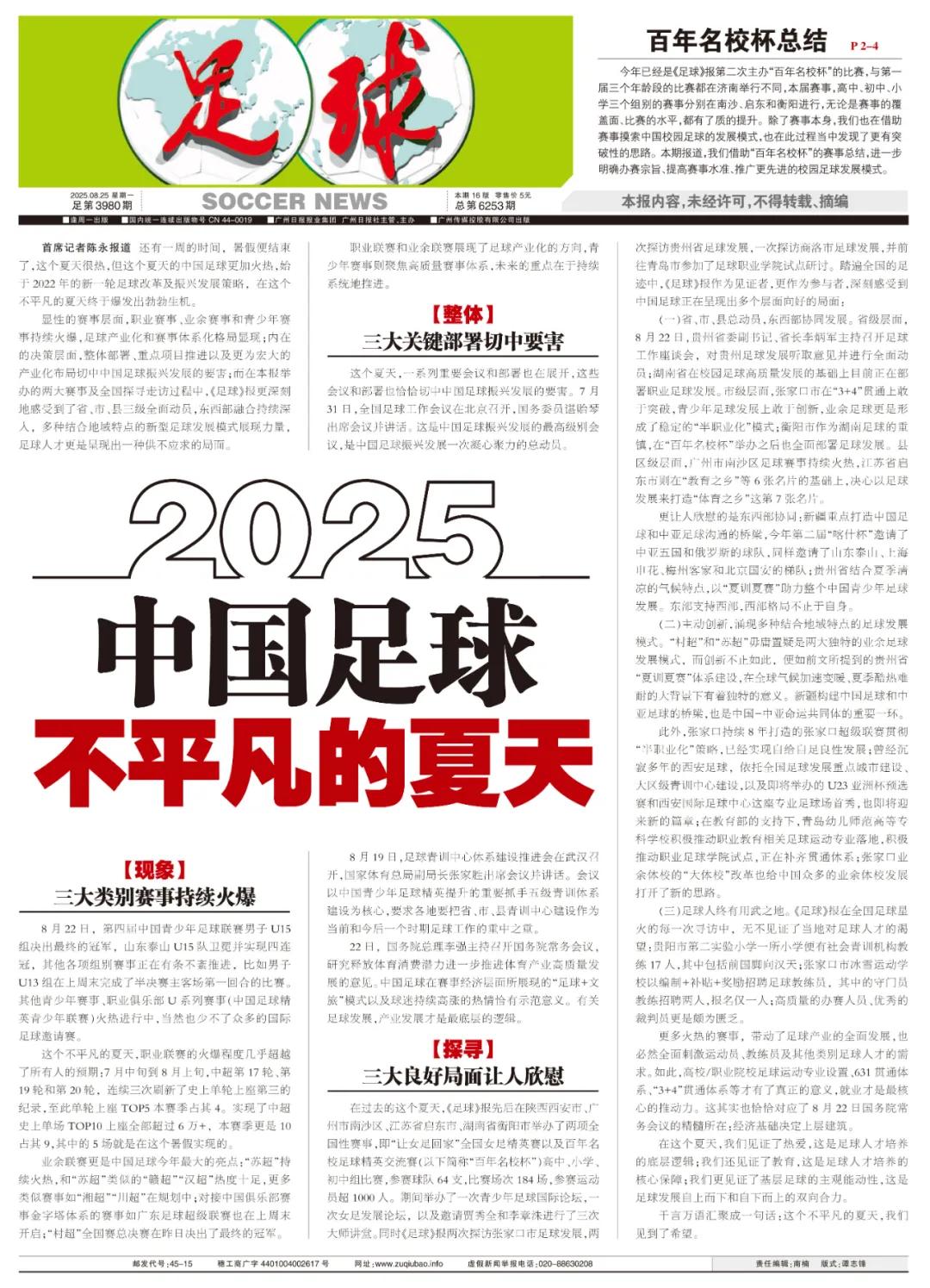










 Links
Links
 Contact
Contact
 App
App


